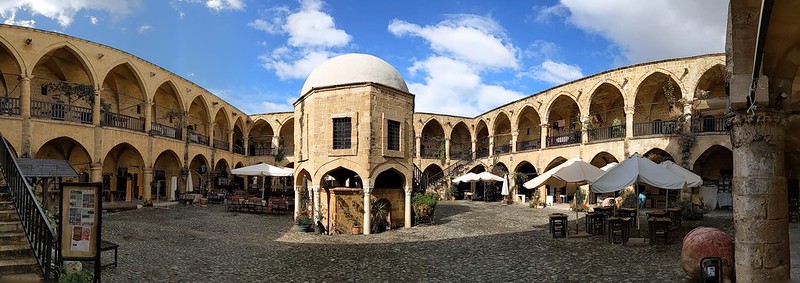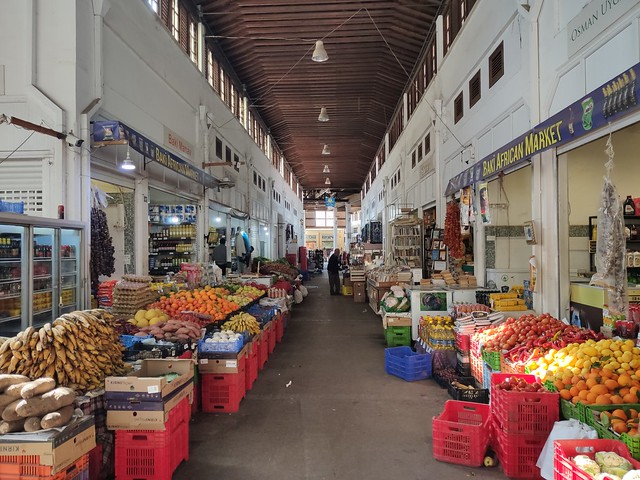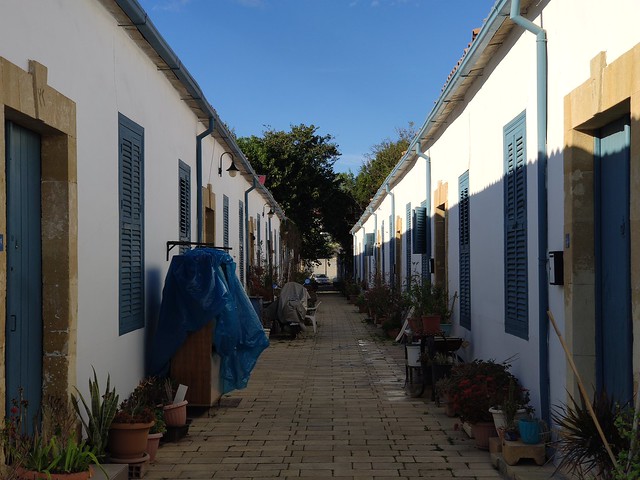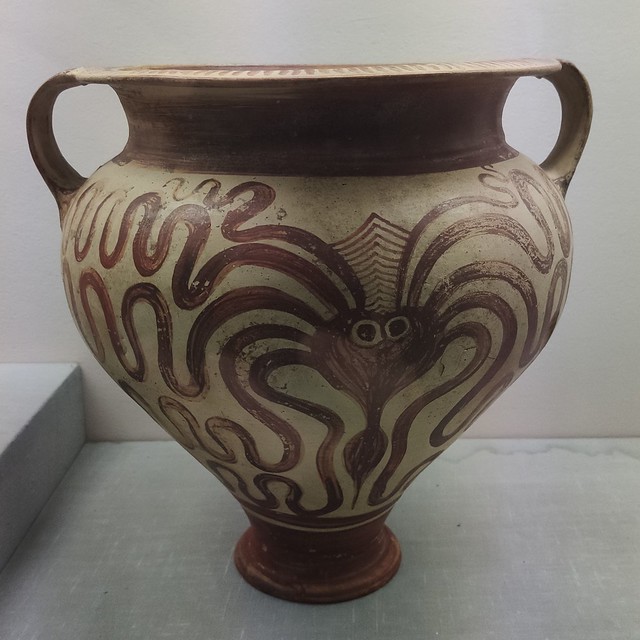Our guidebooks seem to suggest that many people come to Cyprus for the beaches and bypass Nicosia completely. Taking the two halves in the city as a whole, the city is a really interesting place to explore. There are walls, bastions, and gates. There are traditional neighborhoods, houses, and markets. There are hans, hamans, and tekkes. There are mosques, churches, and museums. The Cyprus Museum was particularly interesting. There was material evidence from every culture that passed through Cyprus. The history of Cyprus is the history of the Mediterranean.
On the bus to Nicosia.


Nicosia Walled City Self Guided Walking Route Map (Follow the Blue Line Or the Metal Plate).



This is Ledra Street Crossing, where pedestrians (like us) are able to cross between the North and the South.

Our fav building in South Nicosia was "The House of Hadjigeorgakis Kornesios", who lived in Nicosia between 1779 and 1809.





The Great Han (Caravan resting place) in North Nicosia

Central Market Hall in North Nicosia .

Social housing project in North Nicosia.

These trendy cafes along the City Wall in North Nicosia were very busy the afternoon we walked by. And the Ottoman houses behind them were beautiful.



The Armenian Church in North Nicosia

Court Buildings in North Nisocia

Orthodox church in South Nicosia.


The Green Line buffer zone between the Greek Side and Turkish side of Nicosia. Cats are everywhere in Cyprus.


My laptop is broken but still usable, so we checked out tablets at this Xiaomi Mi Store located outside the walls in South Nicosia.


The Cyprus Archaeological Museum in Nicosia was amazing. First below are 2 Mycenaean Style Octopus Vases (16th Century BC).


More artifacts from the Cyprus Archaeological Museum.






Statue of Roman Emperor Septimius Severus (2nd Century AD.



1 comment:
Thanks for sharing the pictures.
Post a Comment